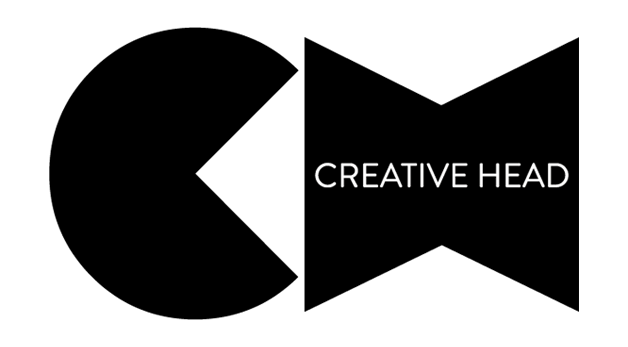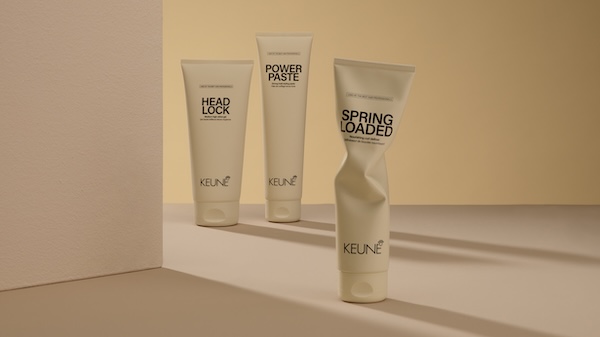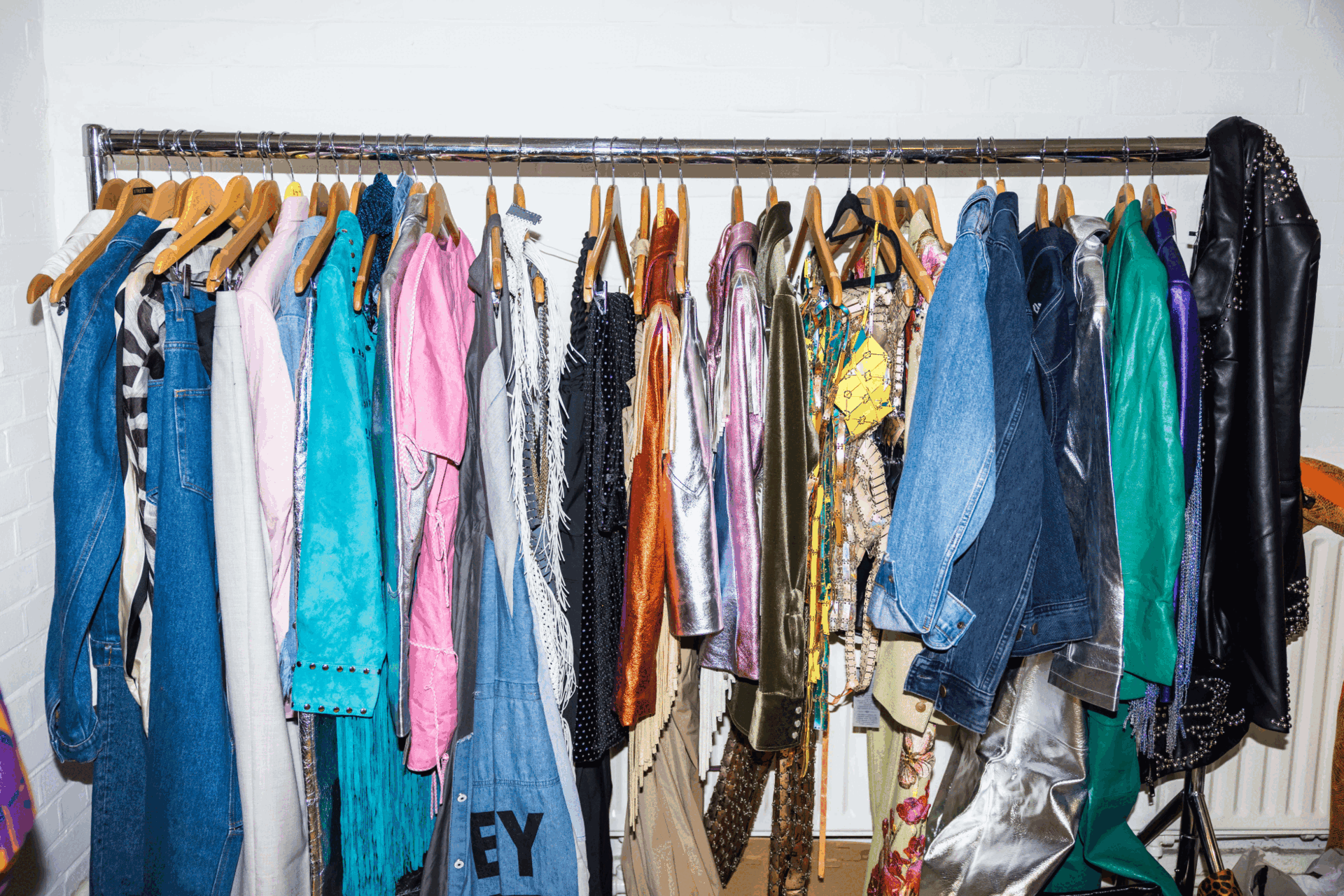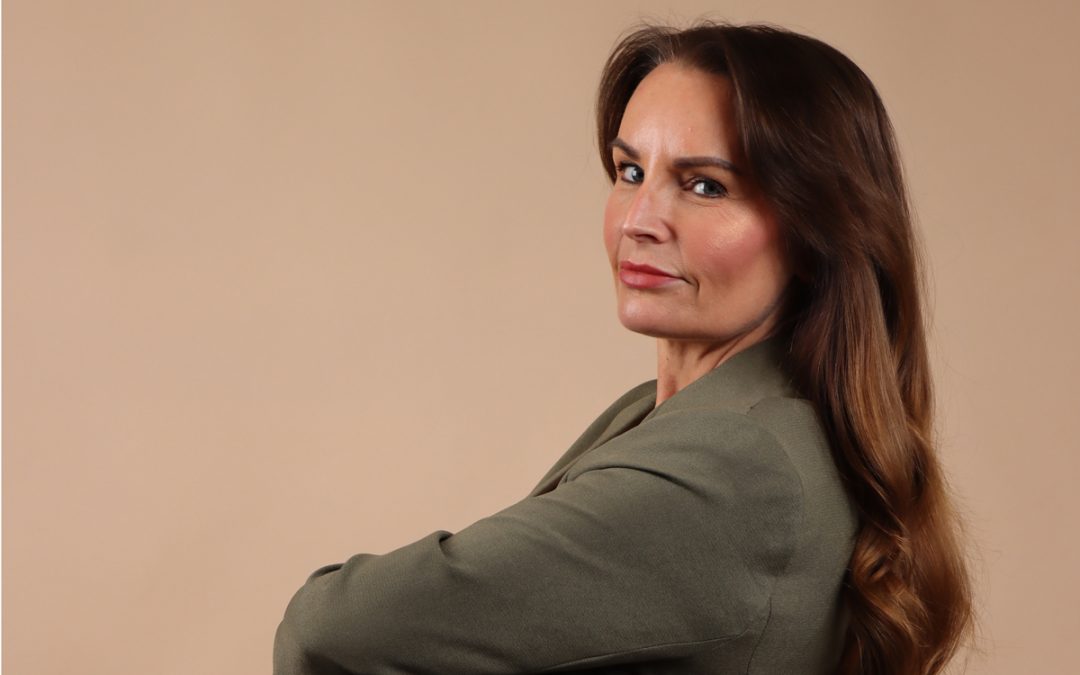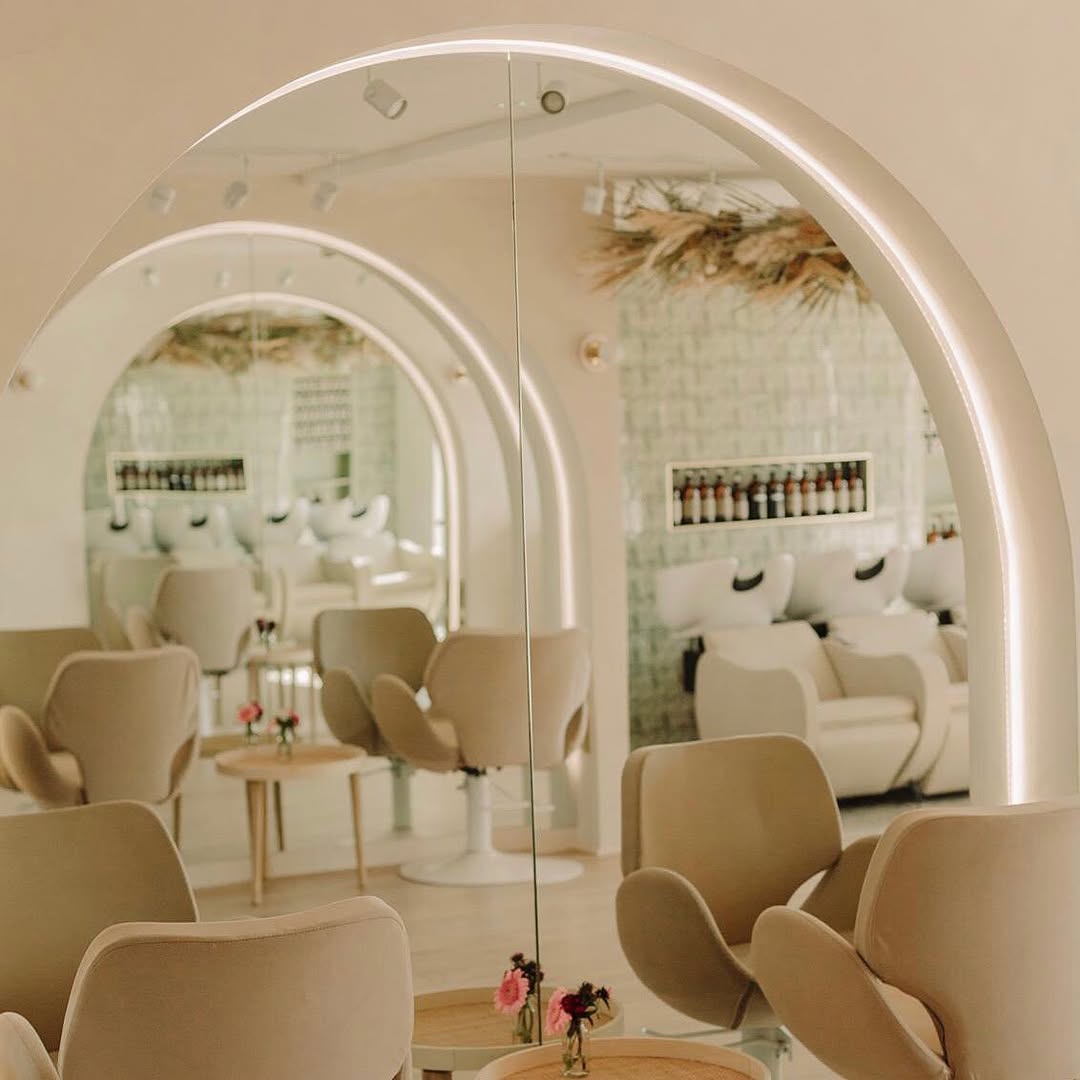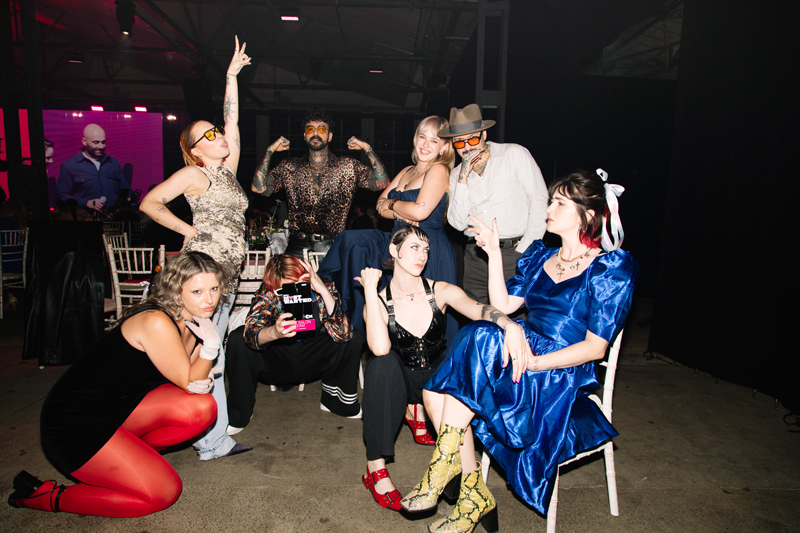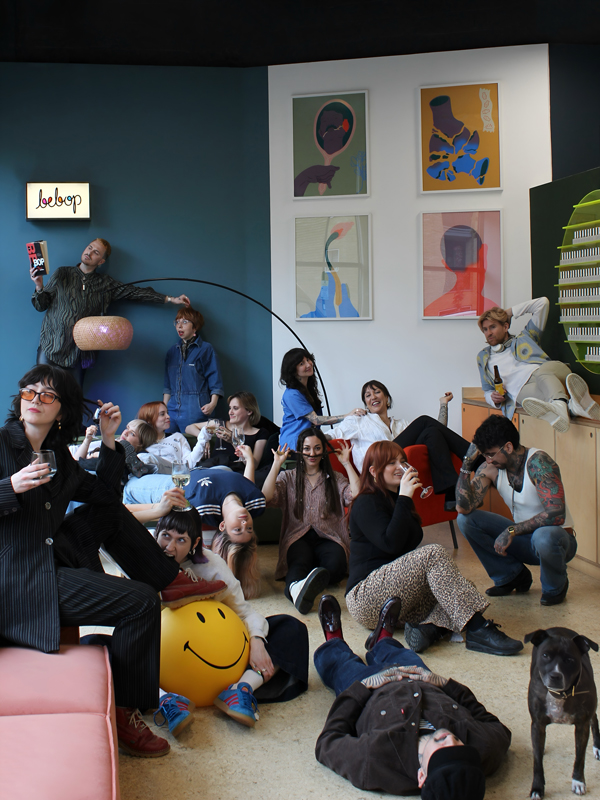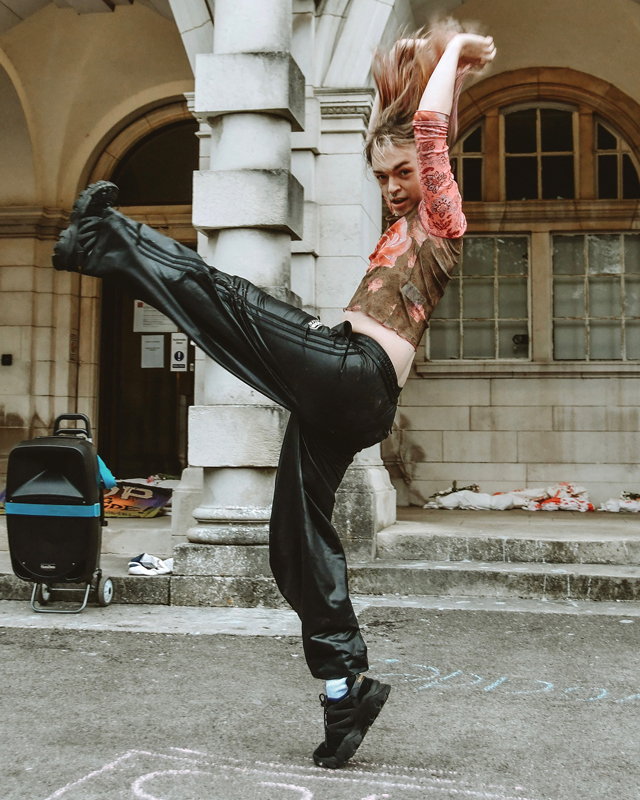
Riding The Wave: The Perm Is Back – But Not As We Knew It
Riding The Wave: The Perm Is Back – But Not As We Knew It
Things have come a long way since Dirty Dancing’s Jon and Baby mega-curly numbers
by CATHERNE | DOCUMENTS

At Rhona McCallum Hair in Alloa, Clackmannanshire, curls are definitely on the up. “I’ve noticed growing demand for styling tips for curly hair and beachy waves are beginning to look a little more defined and curled,” says Rhona. “We’ve even started to get clients requesting perms these days.”
Yep, Rhona dropped the P-bomb.
Perms – the mainstay of salon business in the 1980’s – used to be synonymous with stiff, bouffant, larger-than-life ringlets that smelled of damage and demanded moisturising. Three decades later they’re creeping back into salon conversations – but not as we knew them. Condition now comes before style, with modern perm formulations full of caring and strengthening technologies that allow the shape to hold while protecting the integrity of hair.
And this time around, they’re not just for women. Salons are reporting that more men are getting their hair permed than ever before, attracted by the idea of a low-maintenance, wavy look inspired by curly haired style icons such as Gladiator 2 star Paul Mescal, Jeremy Allen White (The Bear) and Hollywood heartthrob Timothee Chalamet, who enjoyed what a body language expert called “his own private date night” with girlfriend Kylie Jenner at the recent Golden Globe awards.

The modern male perm comes with a playful vibe at Woolf, London
“In the last 12 to 18 months we’ve had a real shift with men coming in asking for perms, sometimes as many as three or four a week,” says Joe Mills, owner of Woolf in Kings Cross. It’s meant that Mills has had to dig out his decades-old bag of grey and blue plastic rods (though he now mixes them with Molton Brown-style bendy rods to give a softer result) and train his team in the art of perming – including how to use the plastic strips so you don’t get the rubber band marks in the hair (that’s skill!). For the artfully curly results, Woolf charges anything from £75 to £150, depending on length of hair and how many rods are required, “Which is pretty much all profit, once you take your labour charges out,” says Mills, “and once a client gets into having their hair permed they come back to get the roots re-done, so you could be doing a perm every two or three months. From a business perspective, perms are quite a big earner.”




Riding the wave at Woolf. For the full video click here.
Once considered a relic of the past, perms for guys have made an incredible (and somewhat unexpected) comeback, driven by cultural influences from the world of K-pop and social media. Bro perms may be relatively new in the West, but men in Japan and South Korea have been getting their hair permed for decades, and at least since 2020, Korean stars like Jungkook from BTS and Chen from EXO have been setting hearts aflame with their soft curls.
The soft, wavy perm is a staple of the K-pop look, blending a playful vibe with a touch of sophistication. Its top curls are tender and loose; the hairstyle is versatile and can be combed over or worn with a fringe; and the sides and back of the head are faded short with clippers and scissors. For a little more money, a client can choose what’s known as a down perm, which relaxes and flattens stubborn strands that stick out, creating a smoother appearance.
But the real brisk trade in male perms is driven by Gen-Z boys and TikTok. At first it was atrendy look for influencers with straight hair, like US social media sensation Jacob Sartorius and the adored and eagerly watched Nic Kaufmann, who back in 2020 posted an “I might have got a perm” video. Then the pandemic happened, salons and barbershops shut down, and a lot of the e-boys ended up on TikTok just as their already-long-on-top hair was growing out. And as straight and wavy hair grows, its weight can drag a voluminous look down. So, what’s a TikToker to do? Get a perm.
“God help you if you don’t neutralise properly. Back in the day, when I was an assistant, if I didn’t neutralise a perm, I got it in the neck!” – Joe Mills, Woolf London
And what a look: a pile of fluffed curls, with stacked layers for height and a deep fade on the sides and in the back. “I don’t even know if this haircut has a name,” says Mills, “and I don’t think anyone’s actually claiming you need to go and get a perm but I think kids with straight hair are saying, ‘I want curly hair’ and either their peers or their mum is turning round and going, ‘Well, you need to have a perm.’ And they’re not going to a barbershop for that look, they’re going to Toni&Guy. It’s a shift that reminds me so much of how I used to go to the barbers with my dad when I was growing up and then, when I was about 12 or 13 and I wanted highlights and a wedge, I went to my mum’s unisex salon. I’m not saying that barbers can’t perm, but when it comes to technical services people tend to look for those in mainstream salons.”
One thing’s for sure, these Gen-Z boys are definitely into their hair.
“The current crop of teens – and I’m talking from 14 to early 20s – they really know what they want. Their identity is really locked in,” says Mills. “My son and his mates, they’ve all got their own hair products, they’ve got their own hairdryers, they know what they’re doing. There was a period of time when a lot of the barbering haircuts were pretty low-maintenance from a regime point of view, whereas for this look, you definitely need to put the work in.”
So, the perm has evolved, just like its clientele. But the killer question: what about the smell?“Oh god, it’s still just as bad as ever,” says Mills. “There are perms out there where they’ve managed to get rid of the smell, but we noticed that often those perms drop out quickly. So,we use the old-style formulations because perming is quite a labour-intensive process and you don’t want to take a chance on using a product that’s not going to work and cost you twice the amount of time, right? And as any hairdresser of a certain age will remember, knowing when a perm is ready – when you’ve got exactly the right amount of curl – that’s all done by eye. And god help you if you don’t neutralise properly. Back in the day, when I was an assistant, if I didn’t neutralise a perm, I got it in the neck!”
The Return of the Perm
They renamed the perm the form service, now they’ve reformulated the chemicals to make it safer and friendlier. Meet the modern perm formulations:

Dulcia from L’Oréal Professionnel Paris has a cult following in perming circles, thanks to its consistent results. Choose Dulcia Advanced for firm, bouncy curls, Dulcia Advanced Tonique for modern, ultra-conditioned waves, and Dulcia 0 for natural and resistant hair, complete with single use neutraliser. The rest of the family is back by popular demand, with 1 for “Natural” hair, 1 Tonique for “Natural” hair and 2 Tonique for “Sensitized” hair. All available in 75ml single use bottles, with one-litre Neutraliser sold separately at the L’Oréal Partner Shop.

Wella Professionals have two different perming kits, each containing a perming lotion, neutraliser and per-perm treatment. Creatine+ Curl for bouncy curls, and Creatine+ for natural waves both come in variants for resistant and sensitised hair, with high-conditioning agents to leave hair with extra elasticity, bounce and shine and a new redberry rose fragrance that helps to create a more pleasant perming experience for clients!
Available from the Wella Professionals Store.

As you would expect from a brand focused on sustainability and respect natural beauty, the professional curling and waving systems from Davines deliver beautiful, natural movement while respecting the health of the hair. Use the ammonia-free Balance Curling system to achieve uniform, shiny, soft results from roots to ends, while the Bouclé Waving system ensures soft and natural curls that retain elasticity and volume over time. Formulas are enriched with cysteamine, a natural active ingredient that has a structure similar to that of hair and creates a natural waving.
